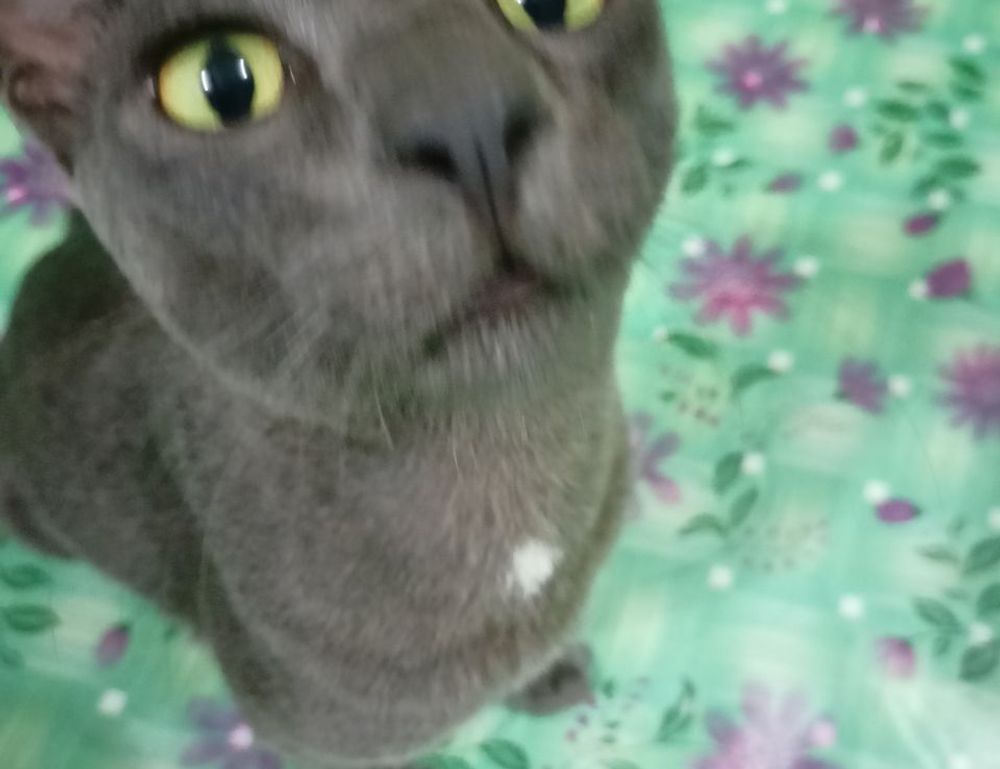What Does “camqhores” Even Mean?
At its core, camqhores is a mashup of “cam” (as in webcam) and a crude variation of “whores.” It’s usually aimed at women on platforms like Twitch, TikTok, or OnlyFans—anywhere people stream or share content primarily through live or recorded video. The implication? That they use sexuality to gain money or attention, and that doing so somehow delegitimizes them.
It’s mostly a pejorative term. No one shows up proudly calling themselves a camqhore. It surfaces in comment sections, YouTube rants, or Reddit threads steeped in judgment. But here’s the thing: the internet doesn’t have just one economy. People market themselves in different ways. And attention is a currency.
The Double Standard in the Room
A big problem with how camqhores is used is that it’s overwhelmingly directed at women, especially attractive ones, who find success online. Plenty of men use their looks and charm too—fitness influencers, fashion personalities, and yes, even streamers who compete shirtless or under perfect lighting. But society doesn’t slap them with a degrading nickname. That bias shouldn’t be ignored.
Is the criticism ever valid? Sometimes creators bend platform rules, carefully toeing the line between acceptable and NSFW content. That leads to backlash from other creators or viewers who feel the system favors suggestive content over substantive work. But it’s also possible to criticize platform moderation without dragging individuals.
Platforms Reward What Works
YouTube pushes thumbnails that grab your attention. Twitch promotes long engagement. Instagram favors aesthetics. These platforms aren’t moral authorities—they’re businesses. If risqué thumbnails or glam shots boost interaction, creators will use them. That’s not manipulation; it’s understanding the algorithm.
Which brings up a cynical but necessary point: calling people camqhores often reflects more about the person complaining than the person being labeled. If you’re mad that suggestive content outperforms yours, maybe it’s time to rethink your strategy—not shame someone else’s.
Audience Demand Drives the Market
Supply follows demand. Streams and content that get more views tend to get more creators trying to replicate their success. So if sexual imagery or flirtation is everywhere, it’s not just because of the people producing it—it’s because there’s a huge audience consuming it.
Critics rarely talk about followers who willingly pay, tip, and support this kind of content. Why the silence? Probably because it’s easier to judge the visible tip of the iceberg than acknowledge the sea of anonymous consumers beneath it.
Not All Flash Is Trash
It’s easy to assume someone who capitalizes on their appearance has no substance, but that oversimplifies things. Many of these creators are also gamers, artists, businesssavvy entrepreneurs, or people simply entertaining an audience. Success in a competitive landscape often requires more than just a pretty face—it takes consistency, branding, timing, and grit.
Also, navigating trolling, bans, content policy changes, and monetization issues isn’t exactly a cakewalk. If you’re still standing after all that, you’re probably doing more work than most viewers realize.
Reframing the Conversation
Instead of using camqhores as a dismissal, we should be asking smarter questions:
What are the platforms doing to balance policy enforcement fairly? How can creators diversify their content to reduce overreliance on appearance? Are viewers just projecting their own frustrations onto someone’s success?
These questions shift the conversation from fingerpointing to progress.
Final Thoughts
Let’s keep it real: the term camqhores isn’t going away tomorrow. It’ll keep popping up wherever there’s internet outrage and judgment. But if we want to be better users, creators, and thinkers online, we should stop falling back on lazy insults and start recognizing the complexity of digital identity and monetization.
Don’t like what someone’s doing? Cool. Move on. Envy posing as critique helps no one. The web’s big enough for all kinds of content. Let people hustle how they want—just focus on crafting your own voice, your own lane.


 Bessie Christmannero
Founder
Bessie Christmannero is the pioneering founder of Prime Gambling Way, a platform designed to revolutionize the gambling experience. With over a decade of experience in the gambling industry, Bessie has been at the forefront of delivering innovative strategies and expert betting advice. Her deep knowledge of industry trends, combined with a relentless drive to educate and empower bettors, has shaped Prime Gambling Way into a trusted authority. Bessie’s vision is rooted in the belief that informed decisions lead to successful outcomes, and she strives to make professional insights accessible to everyone, from seasoned gamblers to newcomers.
Bessie Christmannero
Founder
Bessie Christmannero is the pioneering founder of Prime Gambling Way, a platform designed to revolutionize the gambling experience. With over a decade of experience in the gambling industry, Bessie has been at the forefront of delivering innovative strategies and expert betting advice. Her deep knowledge of industry trends, combined with a relentless drive to educate and empower bettors, has shaped Prime Gambling Way into a trusted authority. Bessie’s vision is rooted in the belief that informed decisions lead to successful outcomes, and she strives to make professional insights accessible to everyone, from seasoned gamblers to newcomers.
